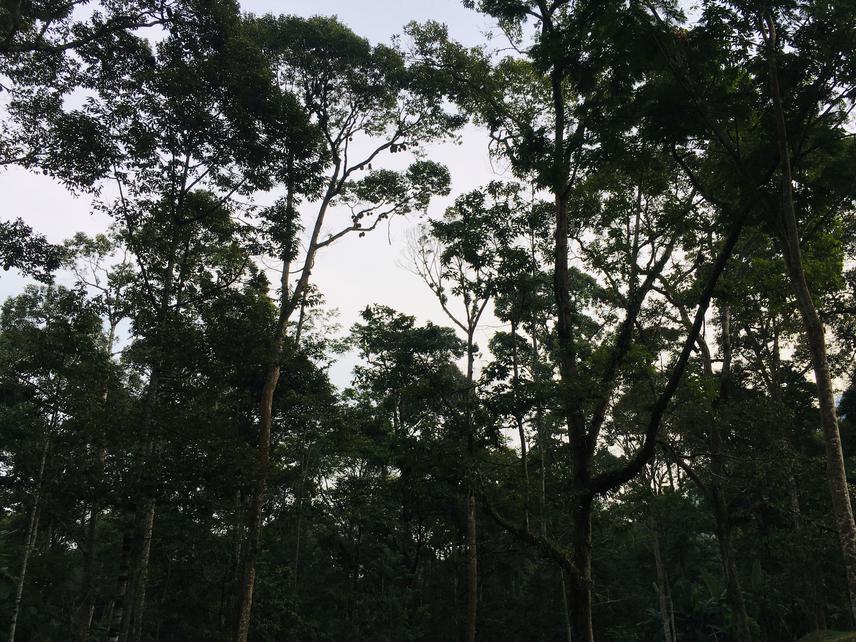YouTube video featuring the project.
Nursyamin Hanis
As durian demand from China rises, tropical rainforests have been cleared to establish more monoculture durian plantations. As of 2021, China has imported at least 820,000 tons of durian from Southeast Asia as a result from Regional Comprehensive Economic Partnership (RCEP), and Belt and Road Initiative (BRI) between the countries. From small traditional orchards planted by locals where fruiting trees were intercropped, durian plantation has grown larger to industrial scale in which monoculture management is favoured more. Over the years, durian monoculture management has become number one contributor towards deforestation in Peninsular Malaysia and Southeast Asia. While land clearing has already destroyed habitats for wildlife, pesticide applications have also affected wildlife species richness and abundance especially in monoculture durian farming. Hence, mixed-plantations and wildlife-friendly farming should be seriously considered by durian stakeholders and farmers. Existing durian plantations, particularly traditional managed ones can still support some bird and frog species with polyculture system and maintaining forest patches within and surrounding plantations. More attention should be given to intercropping system by cultivating other native fruit trees (e.g mangosteen, jackfruit) in durian orchards to introduce more complex vegetation structure and increase resources for wildlife.

Blue-tailed Bee-eater perching on wire in durian orchard. © Nursyamin Hanis Zulkifli.
There is also limited information on bird and frog species richness and species composition in both monoculture and traditional durian farming management. This is the first study to investigate the ecological impacts of durian monoculture expansion in Southeast Asia by understanding stand-level factors (e.g. canopy cover and undergrowth cover) and landscape-level factors (e.g. distance to nearby continuous forest and forest patches) in durian production landscape through birds and frogs under different farming practices (traditional versus industrial monoculture durian orchards). The data gathered will also demonstrate the spill-over biodiversity effects from adjacent natural forests into durian farms which can be used to justify the merit of high conservation value (HCV) areas for sustainable durian agriculture.

Inside monoculture durian plantation from recording station. © Nursyamin Hanis Zulkifli.
Header: Recorder placed in recording station. © Nursyamin Hanis Zulkifli.
Project Updates
11 Jun 2025
11 Jun 2025
YouTube video featuring the project.